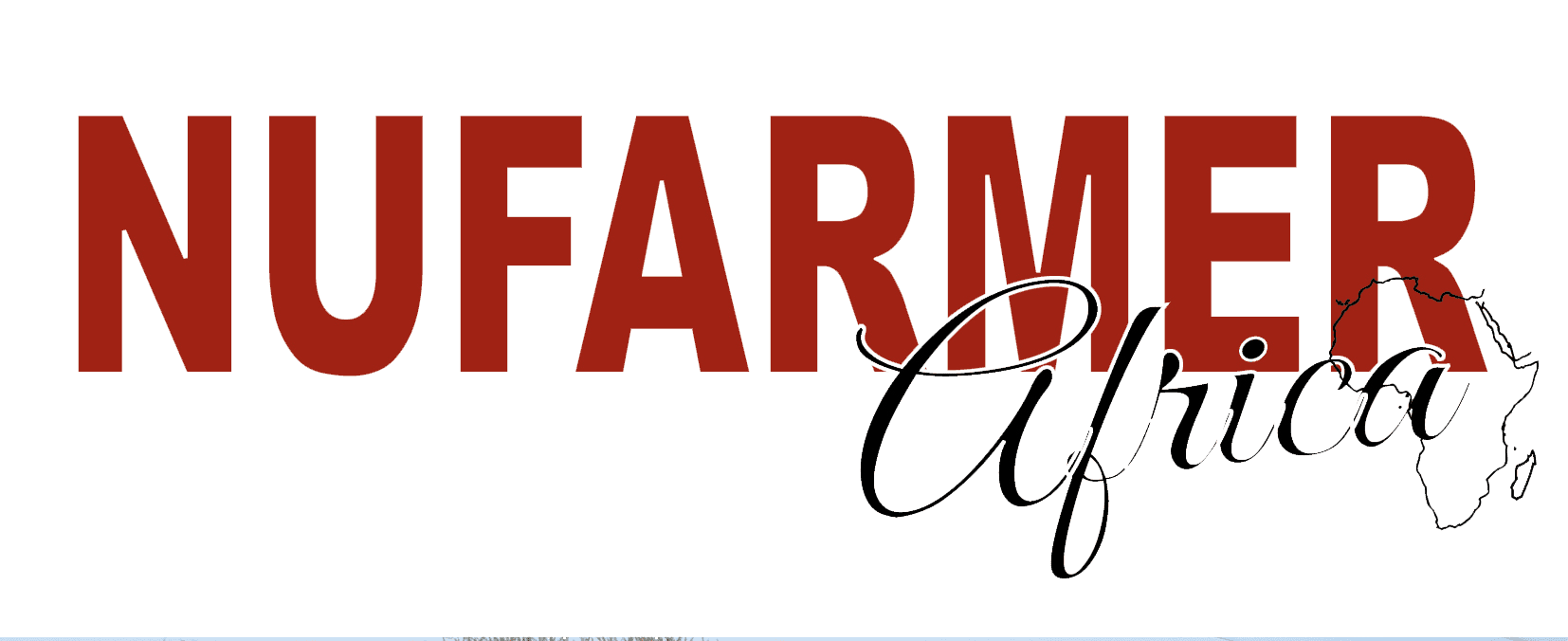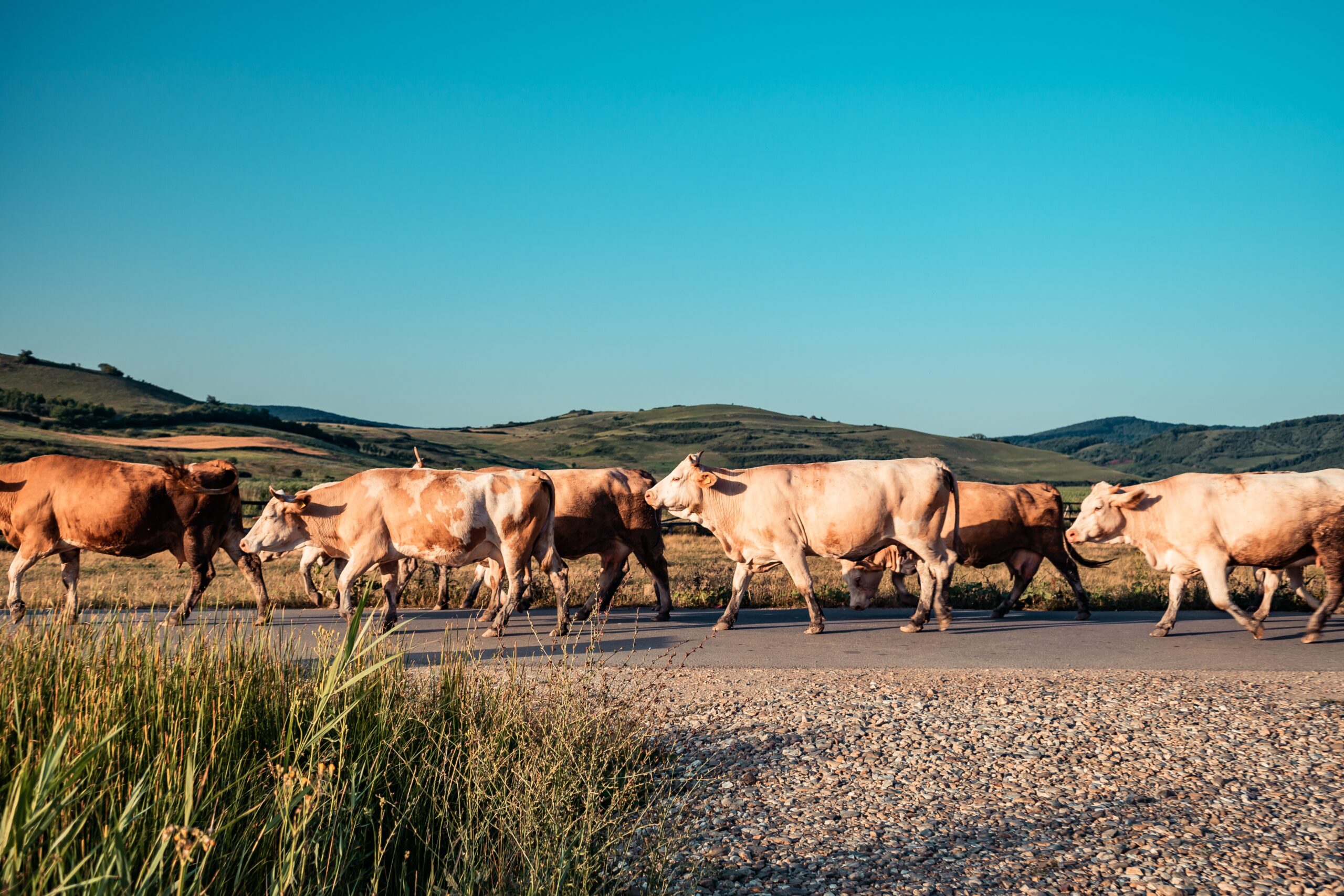Herding 4 Health (H4H) Initiative: Empowering Cattle-Rearing Communities in Africa
For many years, cattle-rearing communities in Africa, have relied on their livestock as a critical source of nutrition and income. However, these communities have lost market incentives or the means to effectively tend to their animals.
Conservation International (CI), a non-profit environmental organisation, is working in Southern and Eastern Africa to unlock the potential of rangelands to support economic growth, resilient livelihoods, the availability of freshwater, and biodiversity conservation — while also storing carbon – through its Herding 4 Health (H4H) initiative.

Cattle Herding 4 Health’s Origins
This initiative was established through a partnership between CI, Peace Parks Foundation and Meat Naturally PTY, with the support of various donors and foundations, including Agence Française de Développement (AFD). These partners share the vision of putting herders at the centre of responding to climate change, biodiversity and human well-being goals in Africa’s vast rangelands.
Further challenges to cattle farming communites, such as livestock-wildlife conflict and disease transmission, coupled with land-use changes related to conservation initiatives, have resulted in communities perceiving wildlife negatively. These trends have resulted in a loss of traditional practices leading to land degradation, disease outbreaks and loss of biodiversity.
How Herding 4 Health Works
The H4H community-based, restorative model centres on skills development and deployment, farmer-driven participation, as well as principles for sustainable natural resource management and integrated animal disease control.
In rural societies where cattle are both sources of income and wealth generation, poverty cannot be addressed while available grass and water decline and invasive species thrive within an environment where resource competition between livestock and wildlife exists.
The H4H model has been successfully tested across all key rangeland ecosystems (semi-arid shrublands, mountain grasslands, and subtropical savannas) and is now being applied to restore and improve the management of rangelands across Africa, supported by site-based investments from international institutions such as AFD.
H4H has specifically seen the development and piloting of training courses for ecorangers, who are essentially professional herders with extra skills, particularly when it comes to strategic herding and the avoidance of overgrazing. Ecorangers are taught skills such as humane livestock handling and management, planning and record keeping, tracking of wildlife that could be harmful to livestock, understanding climate change and rangeland ecology, and much more.

These ecorangers become key players in their landscapes and communities, ensuring rangeland regeneration, meeting the needs of livestock and wildlife and improving the livelihoods and resilience of rural communities. In the Mnisi Tribal lands (South Africa), Habu and Eretsha Villages (Botswana) and Simalaha Community Conservancy (Zambia); 119 ecorangers and team leaders are currently supporting the strategic herding of 10 658 cattle within reclaimed and regenerated palatable grasslands.
“AFD’s support for the H4H initiative aligns with its commitment to promoting sustainable development and translates awareness into action when it comes to the holistic understanding of rangelands and the impact of overgrazing,” says Chloé Bertrand, Investment Officer at AFD. “We are proud to partner with Conservation International and support this ambitious initiative which will make a meaningful impact on both people’s lives and the environment.”

